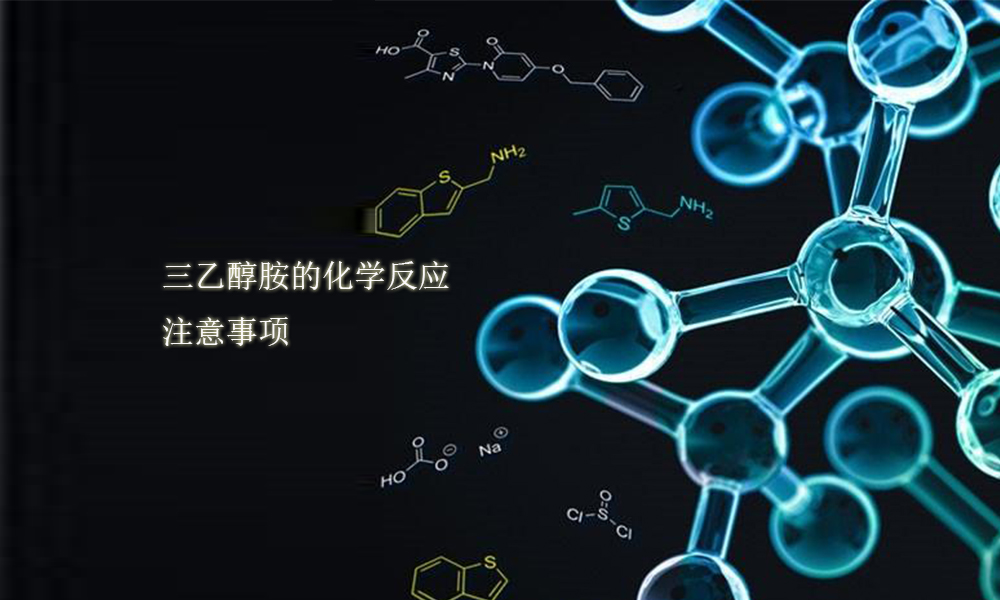
Triethanolamine is a colorless, transparent and viscous liquid at room temperature, with a slight ammonia smell. It is hygroscopic and can absorb moisture and carbon dioxide in the air.
Precautions for the chemical reaction of triethanolamine:
Reminder: Avoid contact with oxidants and acids. Can be freely mixed with water and alcohol, soluble in chloroform, slightly soluble in benzene and ether. The pH of 0.1moI/L solution is 10.5. There is a danger of burning when exposed to high heat, open flame or contact with oxidants.
It is almost insoluble in non-polar solvents. It dissolves 4.2% (mass fraction) in benzene at 25°C and 0.4% in carbon tetrachloride. (mass fraction), dissolved in heptane (0.1%) or less, has strong hygroscopicity, and the color gradually becomes darker when exposed to the air.
React with inorganic salts or organic acids to form esters. Can absorb acidic gases such as carbon dioxide and hydrogen sulfide. Pure triethanolamine has no effect on steel, iron and other materials, but is highly corrosive to copper, aluminum and their alloys. The difference between monoethanolamine and diethanolamine is that triethanolamine and hydrogen iodide can form hydrogen iodide precipitation. Combustible. Low toxicity.
Triethanolamine is less basic than ammonia (pKa7.82) and has the properties of tertiary amine and alcohol. It reacts with organic acids to form salts at low temperatures and esters at high temperatures. It can form chelates with 2 to 4 ligands with various metals. Amine oxides are formed during oxidation with hypochlorous acid. Oxidative decomposition with periodic acid into ammonia and formaldehyde. It reacts with sulfuric acid to form morpholino ethanol. Triethanolamine can absorb acid gas at low temperatures and release it at high temperatures.



 微信扫一扫打赏
微信扫一扫打赏
